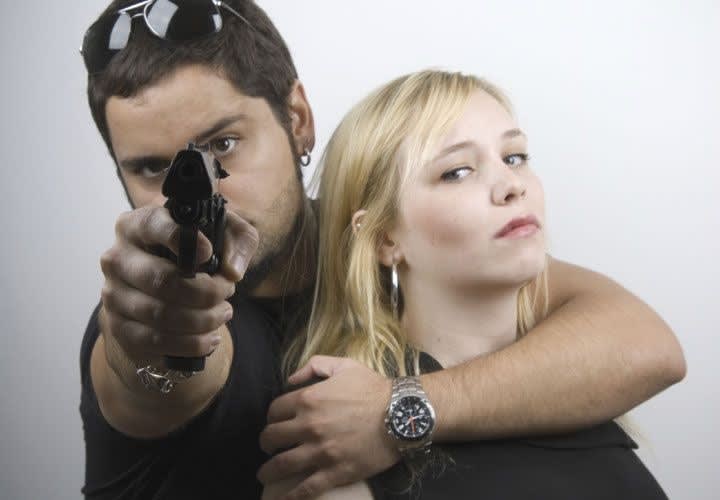Life wasn't easy for Charles Eugene Hastings, but the parolee wasn't above complicating his life even further. Hastings was the original hard-luck kid. At 39, the recently paroled Hastings had been kicked out of his Las Vegas home by his wife, and was about to be evicted by the friends he'd been staying with in Reno. A convicted armed robber should be accorded more respect than that.
If he'd had a more developed sense of irony, Hastings might have gone by the name "Lucky." But the only sense he apparently had was a belief that things might be better back in prison. He wished he could go back there. Given his current situation, he knew that he was in pretty good position for going back.













